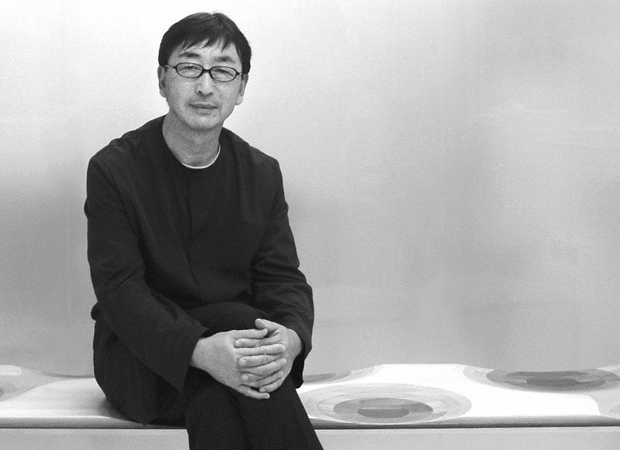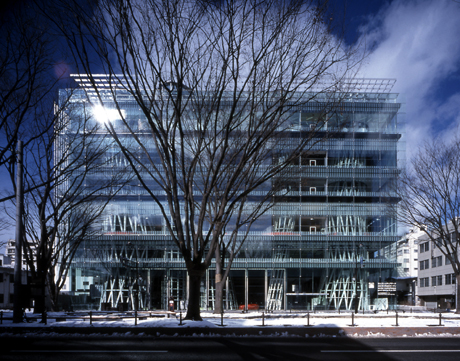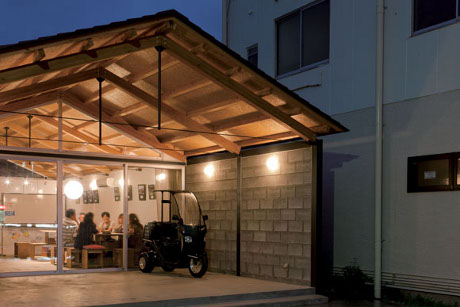
Toyo Ito on how to fix Japan
The Japanese Pritzker Prize laureate looks beyond buildings to examine underlying social structures
Making a building that can withstand Japanese earthquakes is not beyond the talents of Toyo Ito. The 72-year-old Pritzker Prize winner's best-known creation, the Sendai Mediatheque, was commissioned and designed soon after the 1995 Kobe earthquake, and conformed to exacting, new standards. It survived the 2011 quake and tsunami relatively unharmed.
Yet the challenges faced by a rich, industrialised society in a land of high seismic activity have inspired Ito to look for new solutions. As he explains in a really engrossing interview with Julian Rose in the latest edition of Artforum, some of Japan's problems lie in its wealth and development. “We try to isolate ourselves from nature; our cities are completely segregated from the environment,” he explains, adding that the Fukushima nuclear reactor was supposed to withstand earthquakes too.

Ito also criticises the small, functional relief housing units in which many of his fellow countrymen are still living, more than two years since the quake struck. These are, in Ito's opinion, “very closed, with few windows and narrow doors, almost sealed off from the outside. Worse,” he goes on, “despite their very small footprint, the interiors are subdivided into the same number of rooms you would find in a typical modern Japanese house, which results in a series of claustrophobic, isolated spaces.”
The old modernist dream of mastering the elements and creating houses as “machines for living in” as Le Corbusier once put it, is gone. Better, in Ito's opinion, to look back to pre-modern Japan, when wooden houses could be rebuilt and adapted easily, as well as towards the future, where new relationships can take the place of old systems. He talks admiringly of the small, informal agricultural networks that have sprung up since the quake struck. He also cites his own Home-For-All project, wherein Ito and his team took in local people's opinions before building shared social buildings, with good natural light, and large, informal rooms.

Indeed, Ito dismisses the modern notion of architect as lone genius. “Architects tend to think of themselves as artists or inventors, and they prioritise personal expression,” he says. “But personal expression is not our most powerful tool for changing society. In the face of today’s crises, the architect must become a negotiator. This means building a dialogue between all of the many people who use or inhabit architecture. Rather than designing structures, the architect should be designing this process of exchange and communication.”
“By offering this kind of informal shared space,” he says, “I am trying to establish conditions that will increase meaningful interaction between residents and encourage the development of new relationships.”
Interestingly, he also places emphasis on information dispersal, saying that “When the earthquake hits, people should know that they can immediately go to a public building to receive and exchange information about what is happening.” All in all, its a fascinating interview with an architect who is thinking well beyond bricks and mortar, “not to re-establish the way of life that existed before the tsunami hit; [but] to create a new social life for the next generation that will be growing up in the aftermath of the catastrophe.”
Read the whole article here. And for greater insight into Toyo Ito's life and work, consider our great monograph.